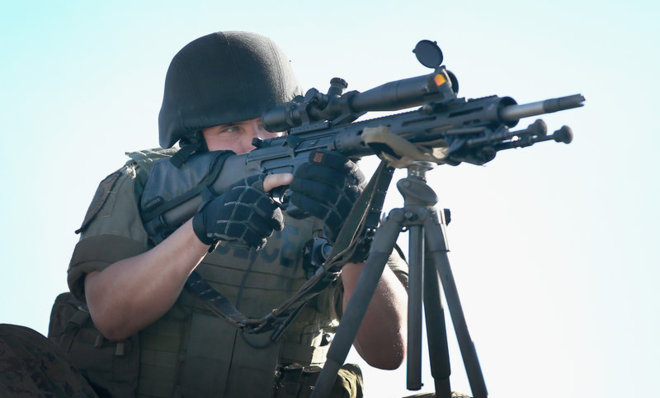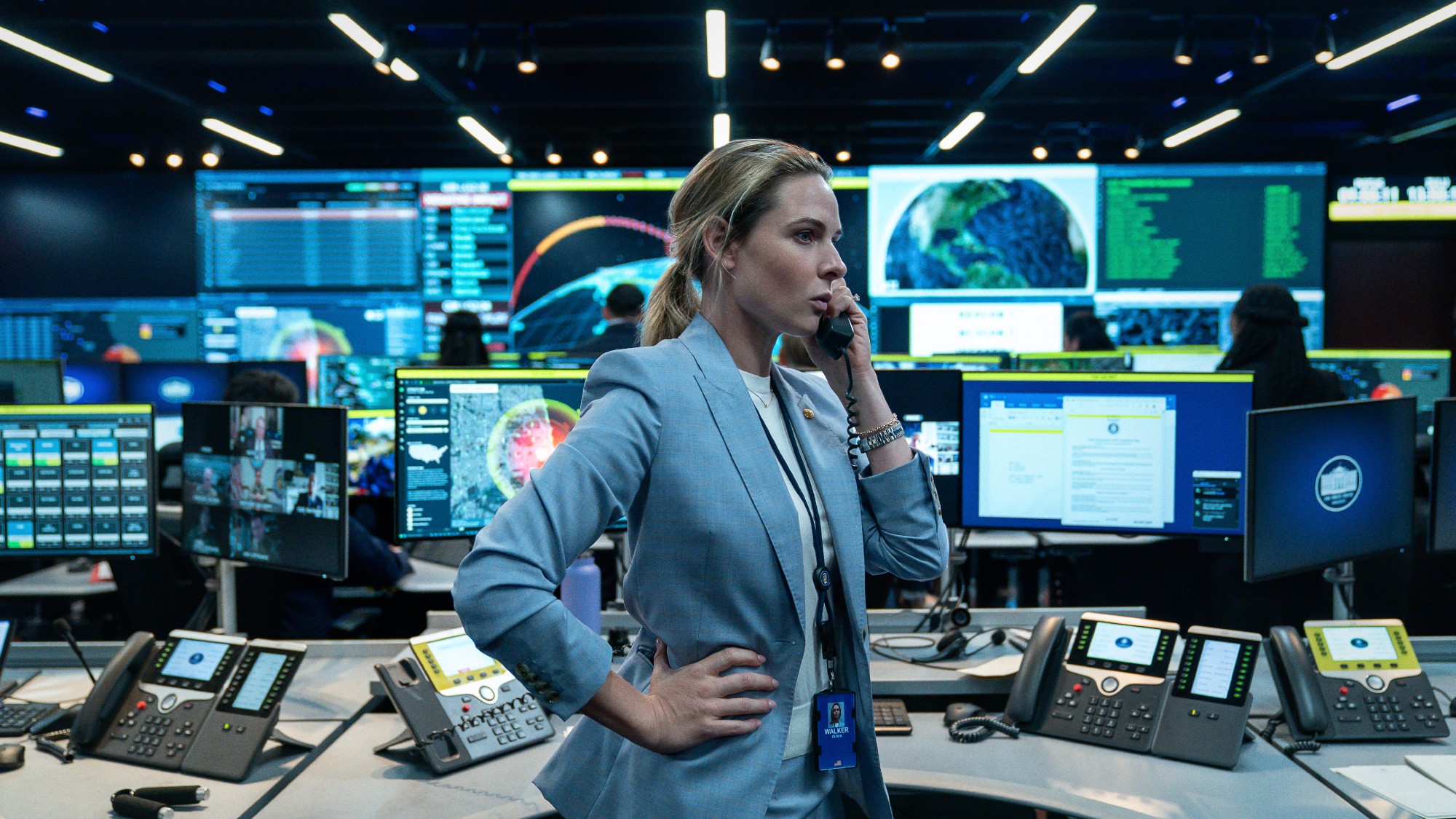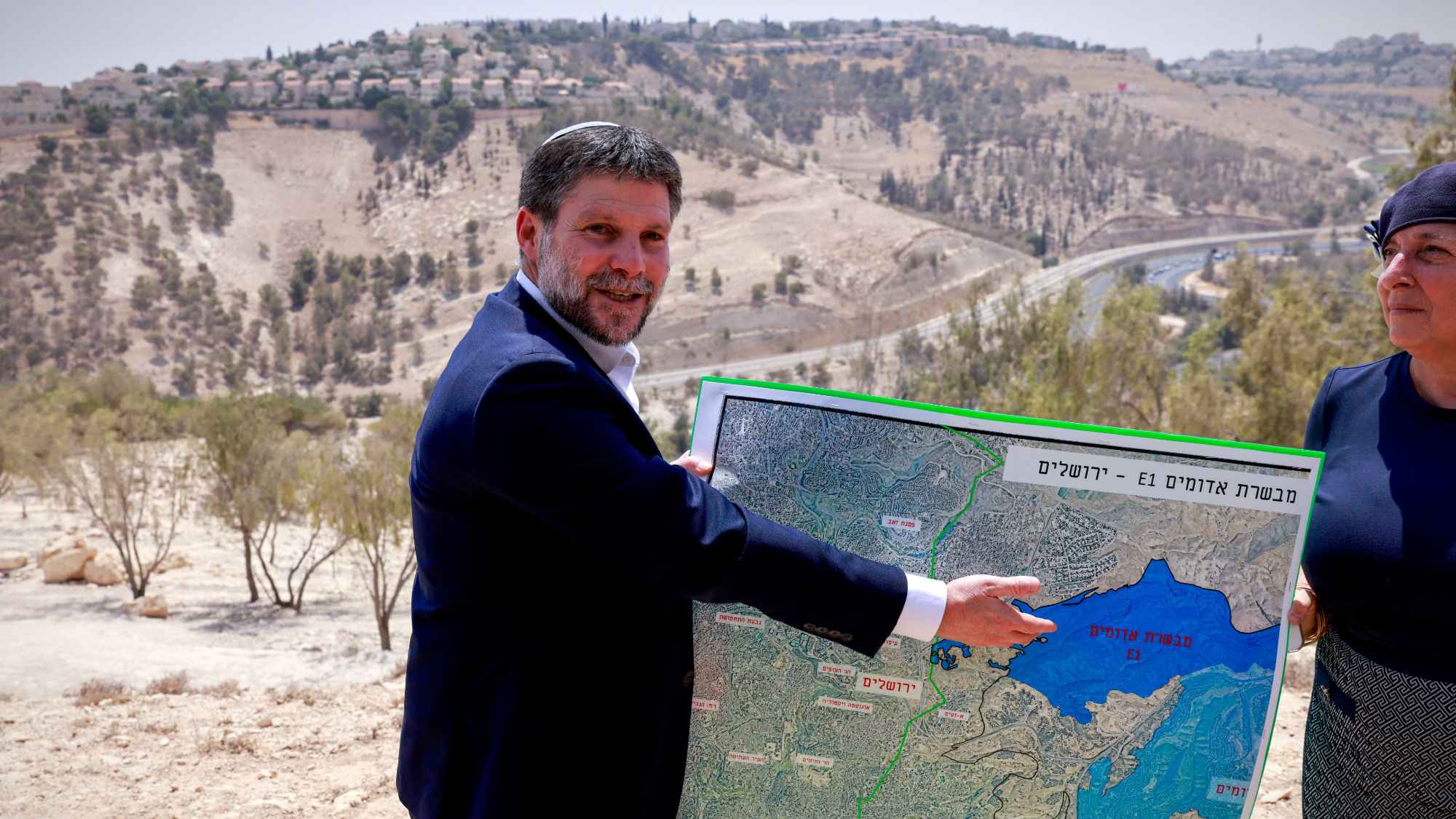It's time for the police to rethink 'shoot-to-kill'
There are other ways to resolve violent conflicts


The St. Louis County Police Department released video last night that shows two of its officers opening fire and killing a knife-wielding man who had just held up a nearby liquor store.
Here's the video. Warning: it is quite disturbing, although there are no close-ups of the dying man.
When I posted the video on Twitter yesterday, rather predictably, the reaction broke into two camps.
The Week
Escape your echo chamber. Get the facts behind the news, plus analysis from multiple perspectives.

Sign up for The Week's Free Newsletters
From our morning news briefing to a weekly Good News Newsletter, get the best of The Week delivered directly to your inbox.
From our morning news briefing to a weekly Good News Newsletter, get the best of The Week delivered directly to your inbox.
Camp One notes simply that the officers fired at a man who was walking towards them with a knife after they had warned him. It was a graphic but justified application of lethal force by police officers trying to protect themselves.
Camp Two wonders why the police had to shoot him at all. Why didn't the police approach the scene with canisters of tear gas or with tasers at the ready? Why didn't they simply change their positions? Why, if they did have to shoot him, didn't they aim for his leg, and why did they fire nine times? Finally, why didn't they render first aid to him immediately instead of appearing to, in a panic, handcuff a prone, bleeding suspect? Sixteen seconds elapse between the time the police arrive and the time the suspect falls to the ground.
My sympathies lie with Camp Two, but I also don't think a prosecutor or a grand jury, would ever (or should ever) indict these two officers for this particular shooting. I suspect a lot of readers find themselves with the same cognitive dissonance.
If cops are going to be easily prosecuted for the use of force, they're not going to be willing to use force when we feel they need to. Second-guessing their instincts in the field, particularly when those instincts have been refined by training that almost requires them to fire their weapons in instances like this, brings no clarity to the problem.
A free daily email with the biggest news stories of the day – and the best features from TheWeek.com
The problem being — these officers did the right thing. They weren't trained to use less-than-lethal force even when faced with a man who brought a knife to a gunfight. They weren't trained to fire once. They're trained to fire when they believe their lives (or the lives of civilians) are in imminent danger. This training helps protect the lives of police officers, and that's good.
It is also, I think, training that poses significant costs and even danger to the public. Last year, New York City cops shot a man with a gun who had just killed a colleague on the sidewalk next to the Empire State Building. The suspect died. But nine New Yorkers were injured by gunfire that came from the guns of the police officers. Nine people shot, innocents, all, by the police. Even if, in this instance, the officers had much more of a reason to believe their lives were in jeopardy, we should not accept as a fait accompli, simply because this is true, the civilian casualties.
There are reasons officers, who are often technically trained to "shoot to incapacitate," actually shoot to kill and shoot multiple times. Aim for the torso, they are taught. It's a larger target. It will incapacitate the offender much more quickly. Of course, the level of incapacitation is most likely death if the torso is the target.
There are also good reasons to recalibrate this training to account for differences in the type of threat posed, and even differences in the aim points. I don't expect officers to approach any scene of a strong-armed robbery with tear-gas cannisters. Guns they will have, and guns they must use.
Not a liberal complaint here: Cities themselves are asking the Justice Department to review use of force training. The shoot-to-kill and shoot-when-threatened-at-all training has resulted in a number of innocent people's being killed. Mentally ill people have it worse.
There are ways to resolve violent conflicts without killing people. Figuring out how to more rapidly defuse dangerous scenarios and training officers to distinguish between scenarios are not easy, but they seem worth trying, no?
Marc Ambinder is TheWeek.com's editor-at-large. He is the author, with D.B. Grady, of The Command and Deep State: Inside the Government Secrecy Industry. Marc is also a contributing editor for The Atlantic and GQ. Formerly, he served as White House correspondent for National Journal, chief political consultant for CBS News, and politics editor at The Atlantic. Marc is a 2001 graduate of Harvard. He is married to Michael Park, a corporate strategy consultant, and lives in Los Angeles.
-
 The 8 best drama movies of 2025
The 8 best drama movies of 2025the week recommends Nuclear war, dictatorship and the summer of 2020 highlight the most important and memorable films of 2025
-
 Why, really, is Trump going after Venezuela?
Why, really, is Trump going after Venezuela?Talking Points It might be oil, rare minerals or Putin
-
 Israel approves new West Bank settlements
Israel approves new West Bank settlementsSpeed Read The ‘Israeli onslaught has all but vanquished a free Palestinian existence in the West Bank’
